- Choosing the Right Ampel Plant for Your Garden
- Climate
- Size and Growth Habit
- Light Requirements
- Watering Needs
- Color and Aesthetic Appeal
- Selecting the Perfect Spot for Planting Ampel Plants
- Light Requirements
- Temperature
- Soil Quality and Drainage
- Wind Exposure
- Spacing
- Irrigation
- Fertilizing
- Consider Your Location
- Preparing the Soil for Ampel Plants: Tips and Techniques
- 1. Choose the Right Soil Type
- 2. Test the Soil pH
- 3. Remove Weeds and Debris
- 4. Improve Soil Structure
- 5. Apply Fertilizer
- 6. Mulch the Soil
- Planting Ampel Plants: Step-by-Step Guide
- Ampel Plant Care: Watering, Fertilizing, and Pruning
- Common Problems and Solutions for Ampel Plants
- Pests and Diseases
- Wilting and Drooping Leaves
- Poor Growth and Flowering
- Falling Leaves
- Conclusion
- Expert Tips for Growing Ampel Plants
- 1. Choose the right location
- 2. Provide support
- 3. Water properly
- 4. Fertilize regularly
- 5. Prune and trim
- 6. Protect from pests and diseases
- 7. Provide winter protection
- Beautiful Displays: Creative Ideas for Using Ampel Plants
- 1. Hanging Baskets
- 2. Vertical Gardens
- 3. Window Boxes
- 4. Container Gardens
- 5. Ground Covers
- 6. Living Curtains
- 7. Potted Arrangements
- 8. Wreaths and Swags
- Questions and Answers:
- What are ampel plants?
- What are some popular types of ampel plants?
- How do I plant ampel plants?
- What kind of care do ampel plants require?
- Can ampel plants be grown indoors?
- How do I propagate ampel plants?
- Videos: Gardening tips and care| #terracegarden
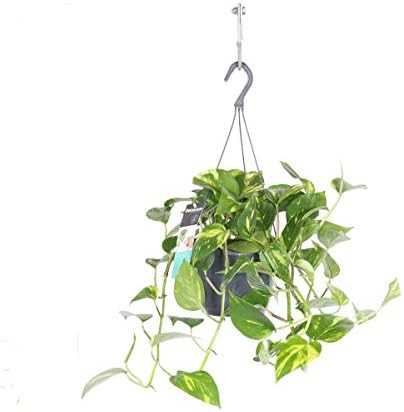
Are you looking to add a touch of elegance to your garden or balcony? Ampel plants are the perfect choice for any plant lover. With their graceful trailing vines and beautiful blooms, they can transform any space into a lush and vibrant oasis. Whether you have a small balcony or a sprawling garden, ampel plants are versatile and easy to care for.
When it comes to planting ampel plants, there are a few key things to keep in mind. First, choose a container that has good drainage to prevent waterlogging. Ampel plants prefer moist but well-draining soil. You can also create a stunning display by planting multiple varieties in the same container, mixing and matching colors and textures to create a striking visual effect.
When it comes to caring for your ampel plants, proper watering is essential. Avoid overwatering as it can lead to root rot. Instead, water your plants regularly, allowing the top inch of soil to dry out between waterings. Fertilize your ampel plants every two to three weeks during the growing season to encourage healthy growth and abundant blooms. Pruning is also important to keep your ampel plants looking their best. Regularly trim back any dead or damaged vines, as well as any excessive growth to maintain a tidy and compact appearance.
Expert Tip: Ampel plants thrive in bright, indirect light. Place them in a location where they will receive a few hours of morning or evening sun, but avoid direct sunlight during the hottest part of the day. If you’re growing your ampel plants indoors, choose a spot near a window with filtered light.
With a little bit of care and attention, your ampel plants will reward you with a stunning display of cascading flowers and foliage. So go ahead, give your garden or balcony a touch of elegance, and enjoy the beauty of ampel plants!
Choosing the Right Ampel Plant for Your Garden
When it comes to choosing the right ampel plant for your garden, there are several factors to consider. Whether you’re looking to add a splash of color or create a lush, green display, finding the perfect plant is essential for achieving your desired look.
Climate
One of the first things to consider is the climate in your area. Some ampel plants are better suited to certain climates, so it’s important to choose a plant that will thrive in your specific conditions. For example, if you live in a hot and dry climate, you may want to opt for a drought-tolerant variety. On the other hand, if you have a cooler climate with ample rainfall, you might choose a plant that prefers these conditions.
Size and Growth Habit
Another important factor to consider is the size and growth habit of the ampel plant. Some varieties have a trailing or cascading habit, making them perfect for hanging baskets or containers. Others have a more upright growth habit and are better suited for trellises or vertical gardening. Consider the available space in your garden and choose a plant that will fit well and grow in a way that complements your overall design.
Light Requirements
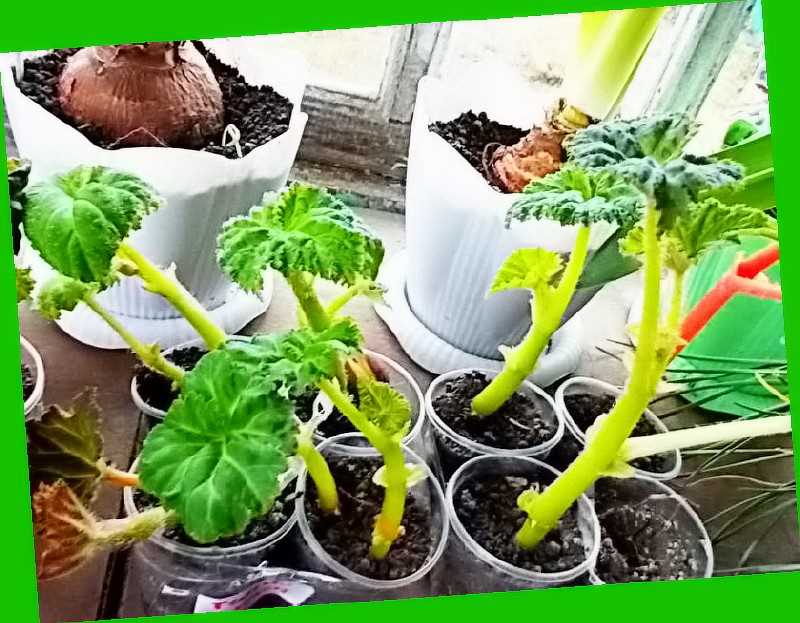

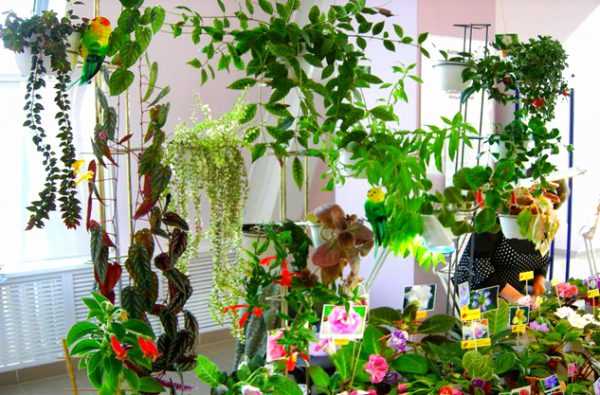

Ampel plants have varying light requirements, so it’s important to choose a plant that will receive the appropriate amount of sunlight in your garden. Some plants prefer full sun, while others tolerate shade or partial shade. Take note of the amount of sunlight your garden receives throughout the day and choose a plant that matches these conditions. This will ensure that your ampel plant thrives and produces vibrant blooms or foliage.
Watering Needs
The watering needs of ampel plants can also vary. Some plants are drought-tolerant and require minimal watering, while others prefer consistently moist soil. Consider your own watering habits and choose a plant that aligns with your routine. Additionally, factor in the average rainfall in your area and make adjustments as necessary to keep your plant healthy and hydrated.
Color and Aesthetic Appeal
Lastly, consider the color and aesthetic appeal of the ampel plant. Ampel plants come in a wide range of colors, from vibrant blooms to lush green foliage. Choose a plant that complements the overall color scheme of your garden or adds a pop of contrasting color. Consider the desired aesthetic and choose a plant that fits in with your vision.
By considering factors such as climate, size and growth habit, light requirements, watering needs, and color and aesthetic appeal, you can choose the perfect ampel plant for your garden. Whether you’re a seasoned gardener or just starting out, selecting the right plant will ensure a successful and visually stunning display.
Selecting the Perfect Spot for Planting Ampel Plants
Ampel plants are known for their trailing and cascading growth habit, making them perfect for hanging baskets, window boxes, and containers. When selecting a spot to plant your ampel plants, there are a few factors to consider to ensure their growth and success.
Light Requirements
Ampel plants thrive in bright, indirect sunlight. They need at least 4-6 hours of sunlight each day to thrive and produce vibrant foliage and flowers. However, intense direct sunlight can scorch their leaves, so it’s important to find a spot that offers a balance of light and shade.
Temperature
Ampel plants are generally suitable for outdoor planting in USDA hardiness zones 9-11. They prefer warm temperatures between 60°F and 80°F (15°C – 27°C). If you live in a colder region, you can still grow ampel plants indoors or provide them with protection during colder seasons.
Soil Quality and Drainage
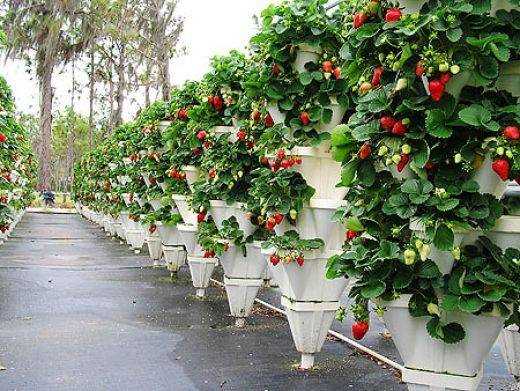

Ampel plants prefer well-draining soil that is rich in organic matter. They don’t tolerate standing water, so it’s important to ensure the soil has good drainage. You can amend the soil with compost or peat moss to improve its fertility and drainage capabilities.
Wind Exposure
Ampel plants have delicate, trailing stems that can be easily damaged by strong winds. It’s important to choose a location that offers some protection from harsh winds. Placing them near a wall, fence, or using windbreaks can help create a more sheltered spot for your ampel plants.
Spacing
When planting ampel plants, make sure to provide enough space for their trailing growth habit. Whether you’re planting them in a hanging basket or a container, make sure to leave ample room for their stems to trail and cascade without overcrowding.
Irrigation
Ampel plants require regular watering to keep the soil evenly moist. However, they don’t like to sit in soggy soil, so it’s important to allow the top layer of the soil to dry out slightly between waterings. Depending on the weather conditions, you may need to adjust the frequency of your watering.
Fertilizing
Ampel plants benefit from regular fertilization to promote healthy growth and abundant flowering. Use a balanced, water-soluble fertilizer once a month during the growing season. Be sure to follow the package instructions for proper dosage and application.
Consider Your Location
When selecting a spot for planting ampel plants, consider your location’s unique conditions such as microclimates and sun exposure patterns. Observing the sunlight and shade patterns throughout the day can help you determine the best spot for your ampel plants.
By selecting the perfect spot for planting ampel plants and providing them with the right conditions and care, you can enjoy their lush green foliage and stunning cascading display of flowers all season long.
Preparing the Soil for Ampel Plants: Tips and Techniques
Proper soil preparation is essential for the successful growth and establishment of ampel plants. By providing them with the right soil conditions, you can ensure they thrive and produce abundant blooms or foliage. Here are some tips and techniques for preparing the soil for ampel plants:
1. Choose the Right Soil Type
Ampel plants prefer well-draining soil that is rich in organic matter. Sandy loam or loamy soil is ideal as it allows for proper aeration and drainage. Avoid heavy clay soils that can become waterlogged and prevent root development.
2. Test the Soil pH
Ampel plants thrive best in slightly acidic to neutral soil with a pH range of 6.0 to 7.0. Use a soil testing kit to determine the pH of your soil. If the pH is too high or too low, you can adjust it by adding soil amendments, such as sulfur to lower pH or lime to raise pH.
3. Remove Weeds and Debris
Prior to planting ampel plants, clear the area of any weeds, rocks, or debris that may hinder their growth. Weeds compete for nutrients and water, and debris can create pockets of stagnant water or encourage disease development.
4. Improve Soil Structure
If your soil is heavy or compacted, it’s important to improve its structure to promote healthy root growth. Add organic matter, such as compost, well-rotted manure, or peat moss, to enhance soil structure, increase its water-holding capacity, and provide essential nutrients.
5. Apply Fertilizer
Before planting ampel plants, apply a slow-release granular fertilizer designed for flowering or foliage plants. Follow the package instructions for the proper amount and distribution. This will provide a nutrient boost for the plants as they establish themselves in the soil.
6. Mulch the Soil
After planting ampel plants, apply a layer of organic mulch, such as wood chips or straw, around the base of the plants. Mulch helps conserve moisture, suppress weed growth, and regulate soil temperature. Leave a gap between the mulch and the plant stems to prevent rot and disease.
By following these tips and techniques for preparing the soil, you can create an optimal growing environment for your ampel plants. With the right soil conditions, they will thrive and bring beauty to your garden or hanging pots.
Planting Ampel Plants: Step-by-Step Guide
Step 1: Choose the right location
Before planting ampel plants, it is important to choose the right location. These plants thrive when they receive at least 4-6 hours of direct sunlight per day. Additionally, they prefer well-draining soil, so make sure the area you choose has good drainage.
Step 2: Prepare the soil
Prepare the soil by removing any weeds, rocks, or other debris that may hinder the growth of your ampel plants. Loosen the soil using a garden fork or tiller to a depth of at least 6 inches. This will ensure that the roots can easily penetrate the soil and establish a strong foundation.
Step 3: Choose the right container
If you are planting your ampel plants in containers, make sure to choose the right size container that will accommodate their growth. The container should have drainage holes at the bottom to prevent waterlogging.
Step 4: Plant the ampel plants
Dig a hole in the prepared soil or container that is slightly larger than the root ball of the ampel plant. Place the plant in the hole, ensuring that the top of the root ball is level with or slightly above the soil surface. Backfill the hole with the soil and gently firm it around the plant to remove any air pockets.
Step 5: Water the plants
After planting, water the ampel plants thoroughly to settle the soil and help the roots establish. Water the plants regularly, keeping the soil evenly moist but not waterlogged. Check the moisture level by sticking your finger about an inch into the soil. If it feels dry, it’s time to water.
Step 6: Provide support if needed
Some ampel plants, such as trailing varieties, may require support to help them grow and remain upright. Use stakes, trellises, or plant supports to provide the necessary support without damaging the plant’s delicate stems.
Step 7: Prune and fertilize
Regularly prune your ampel plants to maintain their shape and promote healthy growth. Remove any dead or damaged foliage, and trim back any overgrown stems. Fertilize the plants during the growing season with a balanced fertilizer to provide them with the necessary nutrients.
Step 8: Monitor for pests and diseases
Keep a close eye on your ampel plants for any signs of pests or diseases. Common problems include aphids, whiteflies, and powdery mildew. Treat any infestations or diseases promptly to prevent further damage to the plants.
Step 9: Enjoy your ampel plants
With proper care and maintenance, your ampel plants will thrive and provide you with beautiful cascades of foliage and flowers. Enjoy the beauty they bring to your garden or hanging baskets and remember to continue watering and fertilizing as needed.
Ampel Plant Care: Watering, Fertilizing, and Pruning
- Watering: Ampel plants should be watered regularly to keep the soil moist, but not waterlogged. The frequency of watering will depend on the specific plant and the environmental conditions, so it’s important to monitor the moisture level of the soil. It’s better to water deeply and thoroughly, allowing the excess water to drain out of the pot, rather than giving frequent shallow waterings.
- Fertilizing: To promote healthy growth and blooming, it’s recommended to fertilize ampel plants regularly during the growing season. A balanced water-soluble fertilizer can be used, following the instructions on the label for the recommended dosage and frequency of application. It’s important not to over-fertilize, as this can lead to nutrient burn and other issues.
- Pruning: Regular pruning is essential for maintaining the shape and health of ampel plants. It helps to promote bushy growth and prevents the plant from becoming leggy. Dead or diseased foliage and flowers should be removed promptly to prevent the spread of diseases. Pruning can be done using sharp pruning shears or scissors. It’s important to sterilize the tools before and after use to prevent the spread of diseases.
In addition to these care practices, it’s also important to monitor the overall health of ampel plants, including checking for pests and diseases. Taking proper care of your ampel plants will ensure their long-term health and beauty.
Common Problems and Solutions for Ampel Plants
Pests and Diseases
Ampel plants can be susceptible to a variety of pests and diseases. Here are some common problems and their solutions:
- Aphids: These small insects can suck the sap from the leaves and cause wilting. Use insecticidal soap or organic neem oil to control aphids.
- Spider mites: These tiny pests can cause leaves to become yellow and stippled. Use a strong stream of water or insecticidal soap to wash off spider mites. Encouraging natural predators like ladybugs can also help control their population.
- Mealybugs: Mealybugs are small, white insects that can gather in clusters on the leaves and stems. Use an alcohol-soaked cotton swab or insecticidal soap to remove mealybugs. Regularly inspect plants for signs of infestation.
- Fungal diseases: Ampel plants can be prone to fungal diseases like powdery mildew and root rot. Avoid overwatering and ensure good air circulation around the plants. Treat fungal infections with fungicides specifically designed for the particular disease.
Wilting and Drooping Leaves
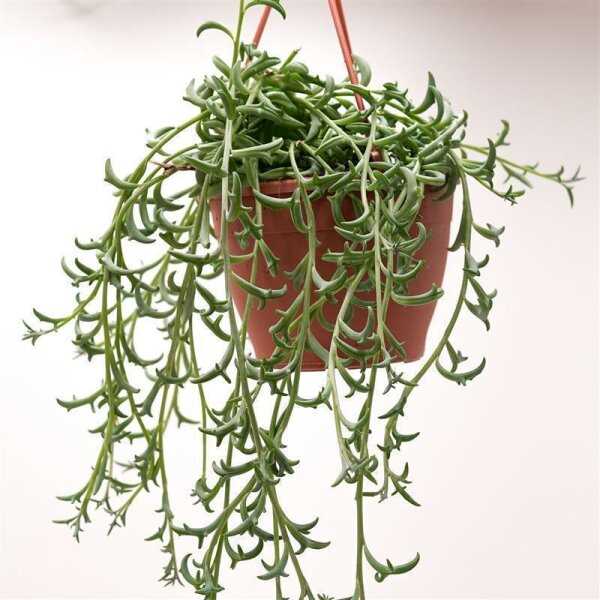

If ampel plants develop wilting or drooping leaves, there are a few potential causes:
- Underwatering: Ampel plants need regular watering to thrive. If the soil is dry or the leaves appear dry and wilted, increase watering frequency.
- Overwatering: On the other hand, overwatering can lead to root rot and wilting due to lack of oxygen. Ensure proper drainage and allow the soil to dry out slightly between watering.
- Temperature stress: Ampel plants may wilt or droop if exposed to extreme temperatures. Ensure they are placed in an appropriate environment with optimal temperature and humidity levels.
Poor Growth and Flowering
If ampel plants are not growing well or fail to produce flowers, consider these factors:
- Insufficient light: Ampel plants typically require bright, indirect light. If they are not getting enough light, move them to a brighter location or provide artificial lighting.
- Nutrient deficiency: Ensure that ampel plants are receiving adequate nutrients by using a balanced fertilizer. Follow the instructions on the fertilizer packaging and avoid overfertilizing.
- Overcrowding: If plants are crowded together, they may compete for nutrients and light. Thin out the plants and provide enough space for each plant to thrive.
Falling Leaves
If ampel plants are losing leaves, consider these potential causes:
- Natural shedding: Some leaf loss is normal, especially during seasonal changes. However, excessive leaf drop may indicate other problems.
- Watering issues: Overwatering or underwatering can lead to leaf drop. Ensure proper watering practices to maintain soil moisture balance.
- Root problems: Diseases or damage to the roots can result in leaf shedding. Check the roots for signs of rot or damage and take appropriate action.
- Environmental stress: Environmental factors such as extreme temperatures, drafts, or sudden changes in light can cause leaves to drop. Ensure plants are in a stable environment with consistent conditions.
Conclusion
By understanding common problems and their solutions, you can ensure the health and vitality of your ampel plants. Regular monitoring and appropriate care will help your plants thrive and add beauty to your indoor or outdoor space.
Expert Tips for Growing Ampel Plants
1. Choose the right location
When growing ampel plants, it’s important to choose a location that receives enough sunlight, but also provides some shade during the hottest part of the day. Ampel plants thrive in well-draining soil, so make sure the planting area has good drainage.
2. Provide support
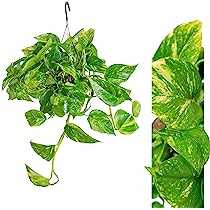

Ampel plants are trailing plants that naturally want to grow downwards. To help support their growth and prevent them from sprawling on the ground, use trellises, stakes, or hanging baskets. This will also help to showcase the plant’s cascading foliage and flowers.
3. Water properly
Proper watering is crucial for the health and success of ampel plants. Water the plants deeply and thoroughly, making sure the soil is evenly moist but not waterlogged. Avoid overwatering, as this can lead to root rot. Regularly check the soil moisture level and adjust watering accordingly.
4. Fertilize regularly
Ampel plants benefit from regular fertilization to promote healthy growth and abundant blooms. Use a balanced, slow-release fertilizer or a liquid fertilizer diluted to half strength. Apply the fertilizer according to the manufacturer’s instructions, usually every 4-6 weeks during the growing season.
5. Prune and trim
To keep your ampel plants looking their best and prevent them from becoming leggy, it’s important to prune and trim them regularly. Remove any dead or diseased foliage, as well as spent flowers, to promote new growth and encourage more blooms. Pruning can also help maintain the plant’s shape and prevent it from becoming too sprawling.
6. Protect from pests and diseases
Keep an eye out for common pests such as aphids and spider mites, which can damage ampel plants. Regularly inspect the foliage for any signs of infestation, and treat it according to appropriate pest control methods. Additionally, provide good air circulation around the plants to prevent the development of fungal diseases.
7. Provide winter protection
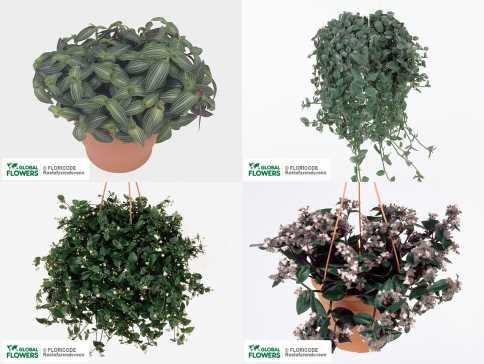

In colder climates, ampel plants are not frost-tolerant and will need protection during the winter months. Consider bringing them indoors or covering them with a layer of mulch or burlap to insulate the roots and protect them from freezing temperatures. Consult a local gardening expert for specific recommendations based on your region.
Remember:
- Ampel plants are perfect for hanging baskets, window boxes, and trailing planters.
- Regularly check the moisture level of the soil to avoid overwatering or underwatering.
- Choose ampel plant varieties that are suitable for your climate and growing conditions.
- Experiment with different combinations of ampel plants and other trailing or climbing plants for a beautiful and diverse display.
| Growing Condition | Recommended Ampel Plants |
|---|---|
| Sunny and Dry | Portulaca, Lantana, Petunia, Verbena |
| Shady and Moist | Fuchsia, Impatiens, Lobelia, Torenia |
| Part Sun and Well-Drained | Bacopa, Calibrachoa, Nasturtium, Million Bells |
Beautiful Displays: Creative Ideas for Using Ampel Plants
1. Hanging Baskets
Create stunning displays with ampel plants by using them in hanging baskets. Hang them from porches, pergolas, or trees to add vibrant colors and textures to your outdoor spaces. Choose a variety of ampel plants with different foliage shapes and colors to create an eye-catching display.
2. Vertical Gardens
Take advantage of the trailing nature of ampel plants by incorporating them into vertical gardens. Use a trellis or wall-mounted planter to create a living wall of cascading plants. Mix and match ampel plant varieties to create a layered effect and add visual interest to your garden or outdoor space.
3. Window Boxes
Add a touch of charm to your windows by planting ampel plants in window boxes. The trailing foliage will spill over the edges, softening the look of the window and creating a welcoming atmosphere. Choose ampel plants that complement the color scheme of your house and surrounding landscape.
4. Container Gardens
Give your patio or balcony a burst of color by using ampel plants in container gardens. Arrange a variety of ampel plants in different heights and sizes of pots to create a visually appealing display. Group them together for a cohesive look or scatter them throughout the space for a more eclectic feel.
5. Ground Covers
Instead of traditional ground covers, opt for ampel plants to add interest and beauty to your garden beds. The trailing nature of these plants will fill in gaps and spill over walkways, creating a lush and inviting environment. Choose low-maintenance ampel plants that are well-suited to the conditions of your garden.
6. Living Curtains
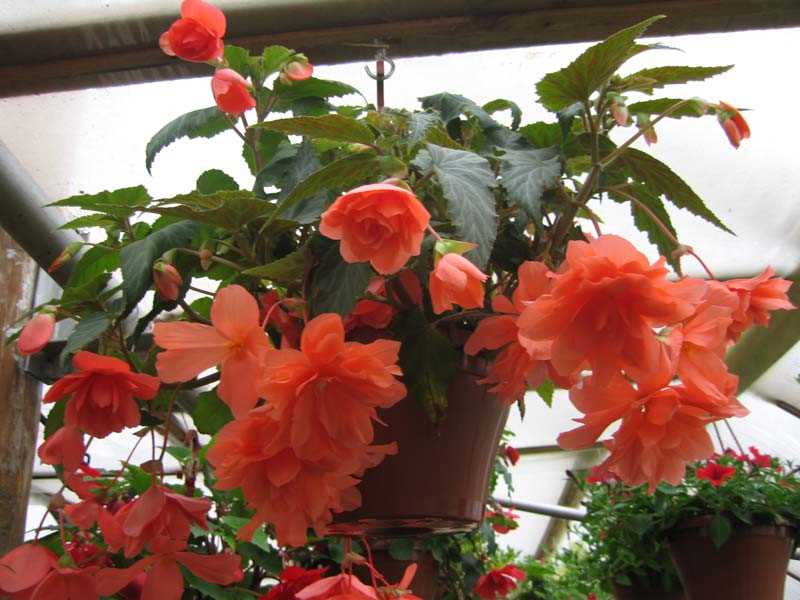

Add a touch of drama and privacy to your outdoor space by using ampel plants as living curtains. Hang them from a pergola or overhead structure to create a natural partition or barrier. Choose ampel plants with dense foliage and fast-growing tendencies for a quick and effective privacy solution.
7. Potted Arrangements
Create stunning potted arrangements by combining ampel plants with other complementary plants. Choose taller plants for the center of the pot and surround them with trailing ampel plants for a cascading effect. Experiment with different colors and textures to create unique and eye-catching combinations.
8. Wreaths and Swags
Use ampel plants to create beautiful wreaths and swags for your home or outdoor events. Gather a selection of ampel plant stems and weave them into a circle or create a swag to hang on doors, fences, or walls. Add additional embellishments like flowers or ribbon for a personalized touch.
Questions and Answers:
What are ampel plants?
Ampel plants are trailing or climbing plants that are often grown in hanging baskets or placed on high shelves or walls. They have long trailing stems or vines that hang down and create a cascading effect.
What are some popular types of ampel plants?
Some popular types of ampel plants include ivy, petunias, lobelia, fuchsias, and geraniums. These plants are known for their ability to cascade and trail, creating a beautiful display of foliage and flowers.
How do I plant ampel plants?
When planting ampel plants, it’s important to choose a well-draining potting mix and ensure that the container has proper drainage holes. Gently remove the plant from its nursery pot and place it into the new container, making sure that the roots are covered with soil. Water the plant thoroughly after planting.
What kind of care do ampel plants require?
Ampel plants require regular watering to keep the soil consistently moist, but not waterlogged. They also benefit from regular feeding with a balanced liquid fertilizer. Additionally, it’s important to trim back any dead or damaged foliage and flowers to promote new growth and maintain the plant’s shape.
Can ampel plants be grown indoors?
Yes, ampel plants can be grown indoors if they receive enough light. They are often placed near windows or under grow lights to ensure they get the necessary sunlight. However, it’s important to monitor the humidity levels indoors, as some ampel plants may require higher humidity to thrive.
How do I propagate ampel plants?
Ampel plants can be propagated through stem cuttings. To propagate, take a cutting from a healthy stem just below a leaf node and remove the lower leaves. Place the cutting in a jar of water or a well-draining potting mix and keep it in a warm, humid environment. After a few weeks, roots should start to form, and the cutting can be planted in its own container.
Videos:
Gardening tips and care| #terracegarden
https://youtube.com/watch?v=n3Ym6lofaho







